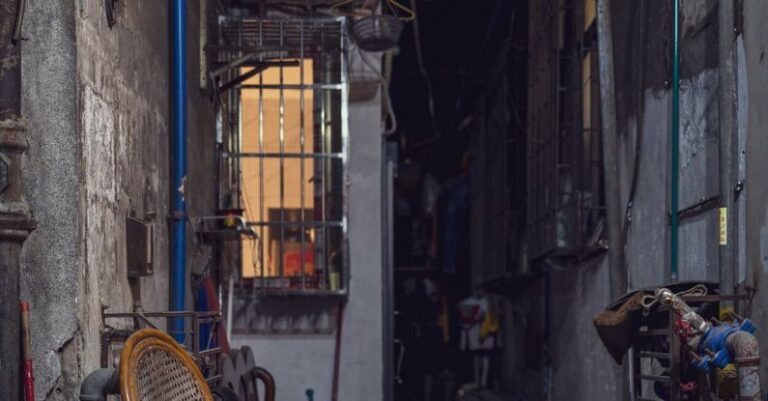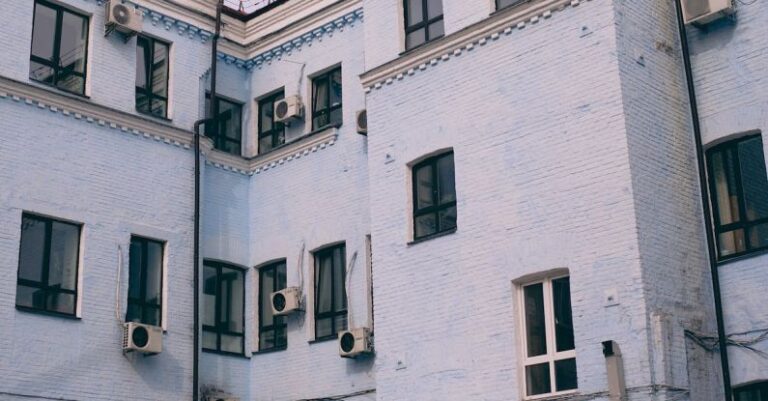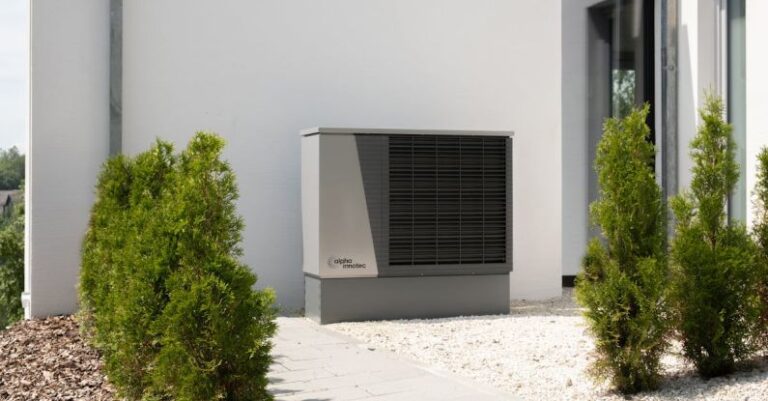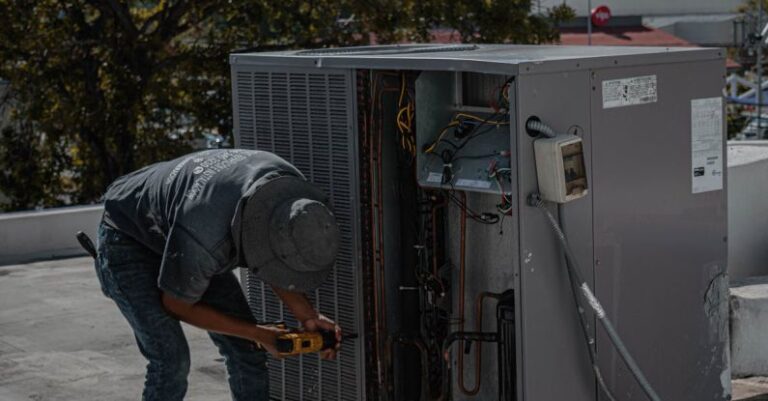
Is your AC failing to keep you cool during the scorching summer days? Discovering that your AC isn’t cooling can be frustrating, especially when you’re in dire need of some relief from the heat. Before you start panicking or considering a costly repair job, it’s crucial to diagnose the issue correctly. By identifying the root cause of your AC’s cooling problem, you can potentially save time and money. This article will guide you through the process of diagnosing an AC that’s not cooling, helping you understand what steps to take to get your system back up and running efficiently.
Signs of an AC Not Cooling
When you notice that your AC is blowing warm or room temperature air instead of cool air, it’s a clear indication that something isn’t right. However, before jumping to conclusions, it’s essential to observe any other symptoms that might be associated with your AC’s lack of cooling. Some common signs that your AC isn’t functioning properly include:
1. Reduced Airflow: If you feel that the airflow coming from your vents is weaker than usual, it could be a sign of an underlying issue.
2. Strange Noises: Unusual sounds such as rattling, banging, or grinding coming from your AC unit can indicate a problem that needs attention.
3. Ice Build-Up: If you notice ice forming on the coils of your AC unit, it could be a sign of restricted airflow or a refrigerant leak.
4. Inconsistent Cooling: If certain areas of your home are cooler than others, or if your AC cycles on and off frequently, there may be an issue with your system’s efficiency.
Diagnosing the Problem
To diagnose why your AC isn’t cooling properly, you can follow a systematic approach to pinpoint the root cause of the issue. Here are some steps you can take to troubleshoot your AC:
Check the Thermostat: Start by checking your thermostat settings to ensure that your AC is set to the correct temperature. Sometimes, a simple adjustment can solve the problem.
Inspect the Air Filter: A clogged or dirty air filter can restrict airflow and hinder your AC’s cooling performance. Check the filter and replace it if necessary.
Examine the Outdoor Unit: Inspect the outdoor unit of your AC system to see if there are any obstructions such as debris, leaves, or branches blocking the airflow. Clearing any blockages can help improve your AC’s efficiency.
Listen for Unusual Sounds: Turn on your AC and listen for any unusual sounds coming from the unit. Clanking, buzzing, or grinding noises can indicate a mechanical issue that needs to be addressed by a professional.
Check for Refrigerant Leaks: Low refrigerant levels can cause your AC to blow warm air. Look for signs of refrigerant leaks such as hissing sounds or oil stains around the unit.
Call a Professional: If you’ve tried these troubleshooting steps and your AC still isn’t cooling properly, it’s best to contact a professional HVAC technician. They have the expertise and tools to diagnose and repair complex AC issues.
Regular Maintenance for Optimal Performance
Preventive maintenance is key to keeping your AC running smoothly and efficiently. Regularly servicing your AC unit can help prevent issues that may lead to poor cooling performance. Schedule annual maintenance checks with a qualified technician to ensure that your system is in top condition.
In Conclusion
When your AC isn’t cooling as it should, it can be a frustrating experience, especially during the hot summer months. By following the steps outlined in this article, you can diagnose the problem and take the necessary actions to restore your AC’s cooling functionality. Remember to pay attention to the signs of a malfunctioning AC, conduct basic troubleshooting, and seek professional help when needed. With proper maintenance and care, you can enjoy a cool and comfortable indoor environment throughout the year.





